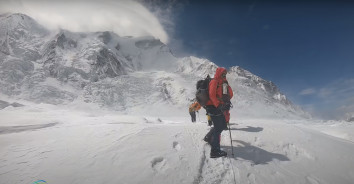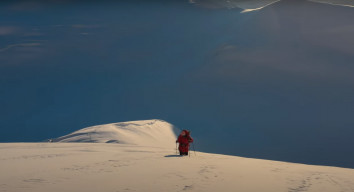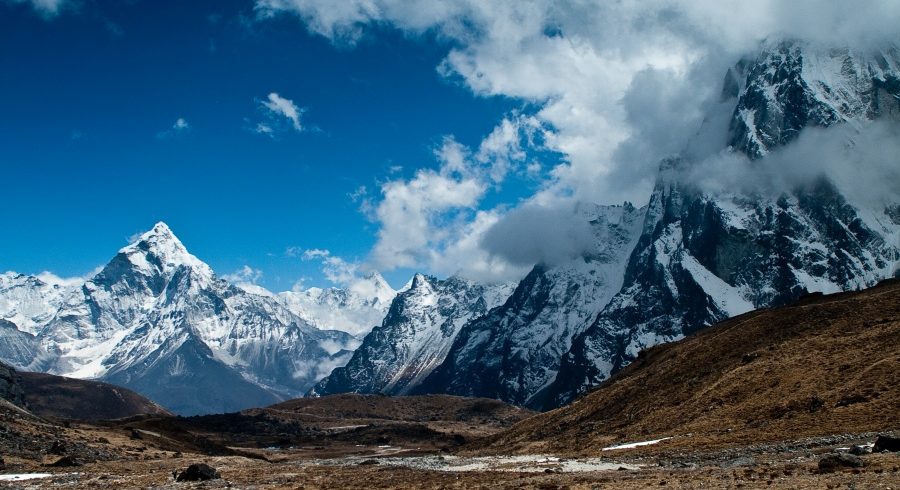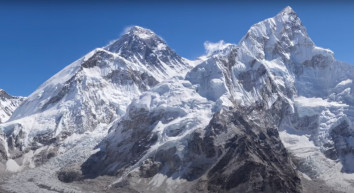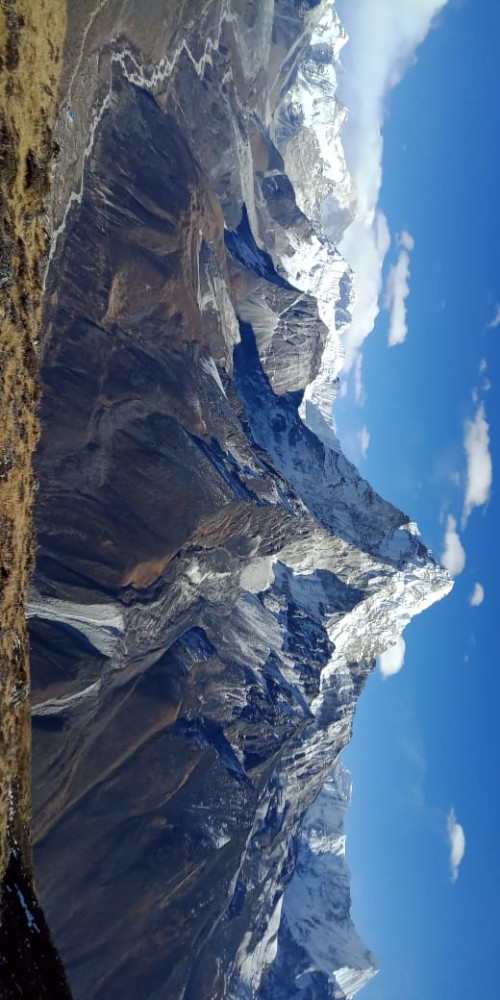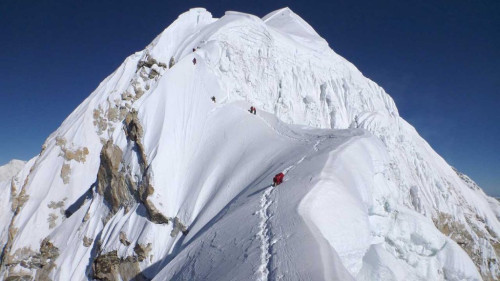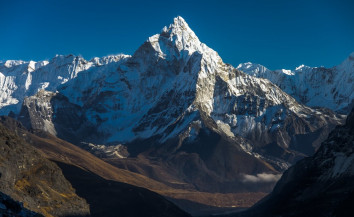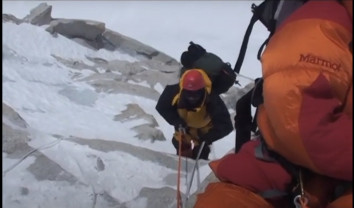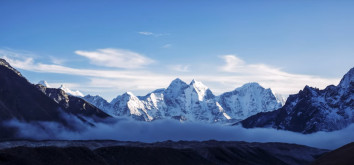Climbing an 8000m peak world Expedition Nepal is a significant and challenging endeavor that requires extensive mountaineering experience, physical fitness, technical skills, and mental determination. There are 14 mountains in the world with elevations above 8000 meters, often referred to as the "Eight-Thousanders." These peaks are located in the Himalayas and Karakoram mountain ranges of Asia.
Here are some key details and considerations for climbing an 8000m peak:
Physical Fitness: Climbers attempting an 8000m peak must be in excellent physical condition. Regular cardiovascular training, strength training, and endurance exercises are crucial to build the stamina required for extended periods at high altitudes.
Mountaineering Experience: Climbers need prior experience in high-altitude mountaineering and should have successfully summited peaks over 6,000m or 7,000m. Experience with technical climbing, ice and rock climbing, and proficiency in using climbing gear like ropes, ice axes, crampons, and harnesses are essential.
Technical Skills: Climbing an 8000m peak involves technical sections, including crossing crevasses, ascending steep slopes, navigating icefalls, and dealing with potential avalanche hazards. Being proficient in these skills is critical for safe and successful climbing.
Acclimatization: Proper acclimatization is vital for high-altitude climbs. Climbers typically spend several weeks at base camp and higher altitudes to allow their bodies to adjust to reduced oxygen levels. This process minimizes the risk of altitude-related illnesses like acute mountain sickness (AMS), high-altitude pulmonary edema (HAPE), and high-altitude cerebral edema (HACE).
Support Team: Climbers usually join expeditions led by experienced guides and support teams. These teams provide logistical support, equipment, and guidance throughout the journey.
Permits and Logistics: Climbing an 8000m peak requires obtaining permits from the respective country's government. This process can be complex and time-consuming, and climbers usually work with a reputable climbing agency that handles the permits and logistics.
Weather Window: Climbing an 8000m peak is highly dependent on favorable weather conditions. Expeditions must wait for a suitable "weather window" during which the risks of avalanches, storms, and extreme cold are minimized.
Personal Gear: Climbers need to have high-quality mountaineering gear, including down suits, insulated clothing, high-altitude boots, and specialized equipment for extreme conditions.
Teamwork and Communication: Climbing an 8000m peak is a team effort, and effective communication and teamwork are crucial for the safety and success of the expedition.
It's important to note that climbing an 8000m peak is inherently dangerous, and even with meticulous planning, there are inherent risks involved. Climbers should be aware of the dangers and be mentally prepared for the challenges that come with such an ambitious and high-stakes undertaking. Proper training, preparation, and the guidance of experienced mountaineers significantly increase the chances of a successful summit and a safe return.

 Recommended On
Recommended On
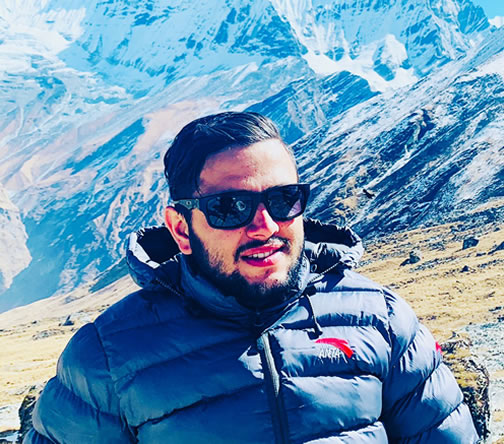
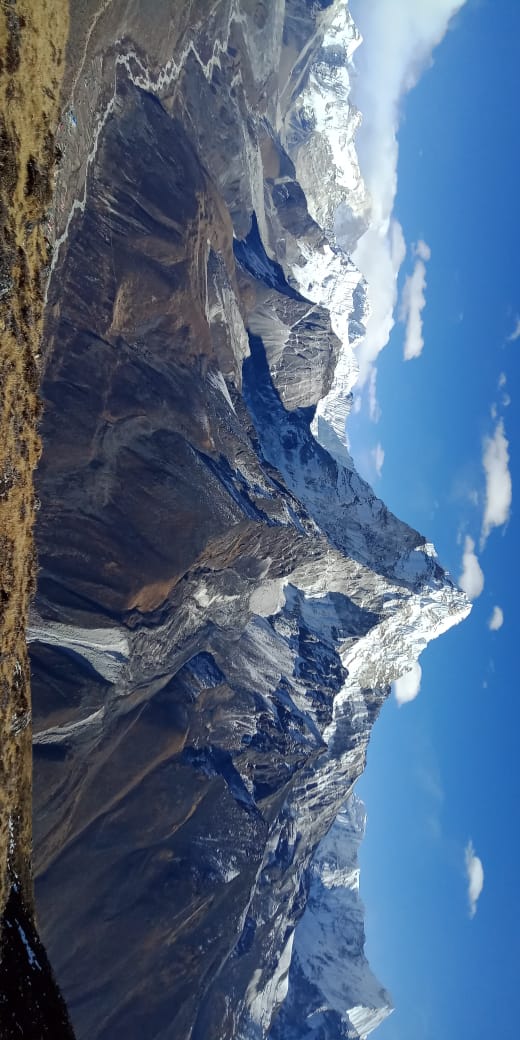
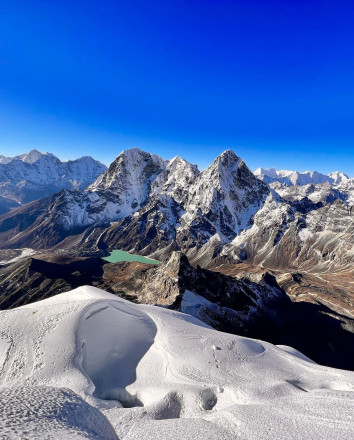
 8000m Peak Climbing , Nepal
8000m Peak Climbing , Nepal  30 Days
30 Days  US$4500
US$4500
